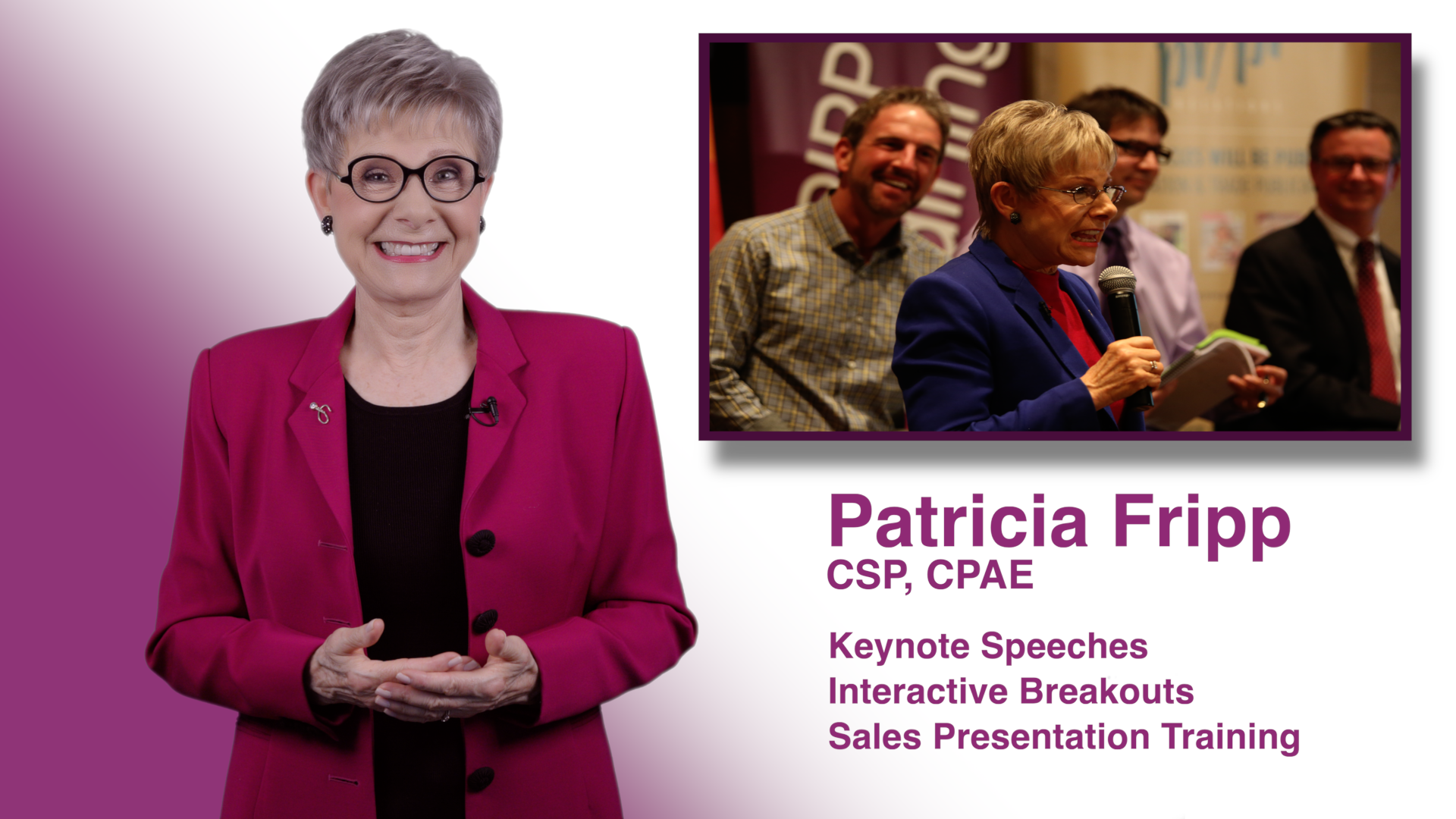The dictionary tells us that “translate” is a verb and means to change from one language into another or form or medium into another, essentially making sense of a language.
On the other hand, “interpret” is similar yet different. The primary definition is to make sense of, assign meaning to, or explain something.
Understanding this distinction is crucial when speaking to an international audience. Let me share a few examples from my experiences that might help you navigate this unique dynamic.
Learning from Professional Interpreters
While working with a large sales company, I developed a close relationship with several professional interpreters. As I often advise, I interviewed them to understand their craft better. They shared, “Patricia, translating documents is one part of our job. However, real skills come in when interpreting live for a speaker. When we interpret, we are acting out the stories. That means the international audience might not hear word-for-word what the speaker says, but they get the essence.”
They continued, “The more information speakers give us in advance, the better we can serve them. And the more they pause—something very few speakers know how to do—the more effective our interpretation becomes.”
Speaking to an International Audience
My training for speaking to international audiences began when I was selected to be part of the “Bullet Proof Management” series, along with legends like Zig Ziglar, Nido Qubein, and negotiation expert Jim Hennig. This series was sold in 58 countries, requiring a different content delivery approach.
Here’s what I learned:
Avoid Specific References: Avoid mentioning American authors or brands without an explanation. Instead of “Patrick Lencioni,” say “a best-selling American management author.” Instead of “Baskin-Robbins,” say “an American ice cream franchise.”
Steer Clear of Cultural References: Avoid using jokes or sports analogies which may not resonate with an international audience. Focus on delivering straightforward, valuable content.
Clarify Your Points: After every story, say, “And the point of that example is…” This approach is efficient with non-English speaking audiences to reinforce the message.
The Art of the Dance: Interpreted Presentations
When I was invited to speak in Taiwan for ten days, including large public seminars and eight in-house corporate meetings, I sought advice from experienced speakers Harvey Mackay and Brian Tracy. Here’s what they taught me:
Deliver in Short Segments: Brian Tracy suggested, “Do not let them simultaneously translate. Deliver it like a dance routine: say a few lines, then pause for the interpreter to translate. Repeat.” This requires knowing your material word-for-word and staying focused so you don’t lose track of your flow.
Test Your Material: Harvey Mackay recommended testing all material on a target audience beforehand. I arrived early, worked with my interpreter, Peter, and rehearsed with the client’s staff. We discovered that while most words were easily interpreted, there were occasional exceptions. For instance, “idiosyncrasies” was a tricky one!
Building a Partnership with Your Interpreter
The speaker is responsible for working with the interpreter to serve the audience. Many American speakers mistakenly think it’s amusing to speak rapidly, frustrating the interpreter. This behavior is egotistical and fails to serve the client’s needs.
Good teamwork with your interpreter can pay off significantly. For instance, at one company seminar, my interpreter told me, “Patricia, they advertise on television with the slogan, ‘Try it, it works.’” At the end of my seminar, I reviewed my fundamental ideas and suggestions and closed their slogan: “Try it, it works.” The audience applauded and presented me with flowers—proof that some preparation goes a long way.
At another meeting, I noticed Chinese signs on the walls displaying the company’s core values. With my interpreter’s help, I translated them into English: “Teamwork,” “Customer Service,” and so on. I would point to a sign and say, “I see by your signs you commit to teamwork,” and then link my content to it. This created a seamless connection between my message and their values.
Two Types of Interpretation
Remember, there are two main types of interpretation:
Simultaneous Interpretation: Where the interpreter translates while you speak.
Consecutive Interpretation: Where you speak a phrase, pause, and the interpreter translates it before you continue. The dance routine!
Remember to pause long enough for the interpreter to convey the message fully when using consecutive interpretation. Depending on the language, the translation may take longer or less than your original phrase.
You Don’t Have to Leave the U.S. to Speak to an International Audience
You don’t have to leave American shores to address an international audience. In these cases, use clear, concise language and be specific. Many of my tech clients in Silicon Valley have English as a third language. One of my long-term clients engages me to help their technical experts prepare for their user meetings. At many of the conferences, their audience comes from 71 countries. Naturally, I teach them many of these skills.
Preparation is Key
When speaking to an international audience, you are now part of a two-person team—the speaker and the interpreter. If your message doesn’t resonate with the audience, it may be due to insufficient preparation and not equipping your interpreter with the necessary context.
Before any international engagement, provide your interpreter with an outline, key phrases, specific terminology, and any industry jargon you may use. This will help them prepare and ensure they accurately convey your message.
Respect the Skill of Interpreters
Working with interpreters requires more than speaking slowly; it demands respect, preparation, and collaboration. Remember, your interpreter is your partner in delivering a powerful presentation that transcends language barriers. Embrace the opportunity to connect with an international audience because the rewards are invaluable when you do it right.
“As a speech coach, Patricia Fripp is a miracle worker.” Larraine Segil, Chairman and CEO, Exceptional Women Awardees Foundation.
“I would have paid $3000 for a year of FrippVT.” – Mitzi Perdue, Professional Speaker and Author.
“FrippVT is a fantastic investment.” – Amy Towner, Ventura County Health Care Agency CEO.


I learn so much by watching you work both on and off that stage. You make me a better person as well a better business man.
I can never repay you for all the education you have given me. It is an honor to work with you!
Stage time,
Darren
In 2008 at a U.S. conference, I was honored to hear Masaru Emoto speak with an interpreter type translator. Their working relationship and their clear admiration and respect for each other was truly inspiring.
Dr. Emoto began with a line or two in English, then went back into Japanese. Then they worked exactly as you said: Emoto said a sentence or two, then paused and waited for the interpreter to finish. The interpreter was outstanding and it went extremely smoothly. It was a beautiful “dance.”
In addition, as an audience member, I was amazed that in one hour, with half his time spent waiting for translation, Emoto still managed to convey two concepts that have changed my thinking.
At a recent conference, I enjoyed an inspiring speech from actor Marlee Matlin, who has worked with her interpreter for over a decade, as I recall. They also had a beautiful and respectful working relationship that created magic for the audience. She signed, he interpreted for us, and we were all transformed.
Thank you for this valuable article explaining WHY those presentations worked so well, and how to do that ourselves!